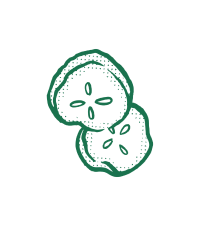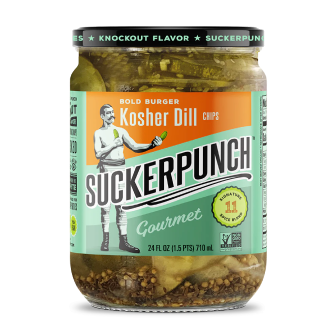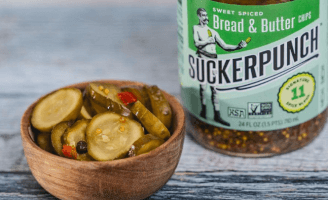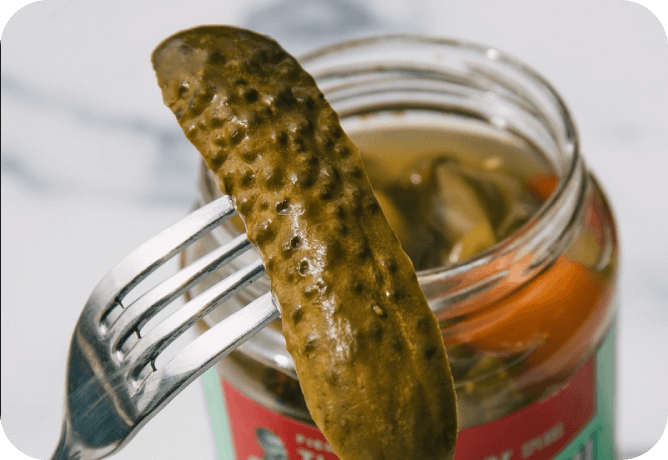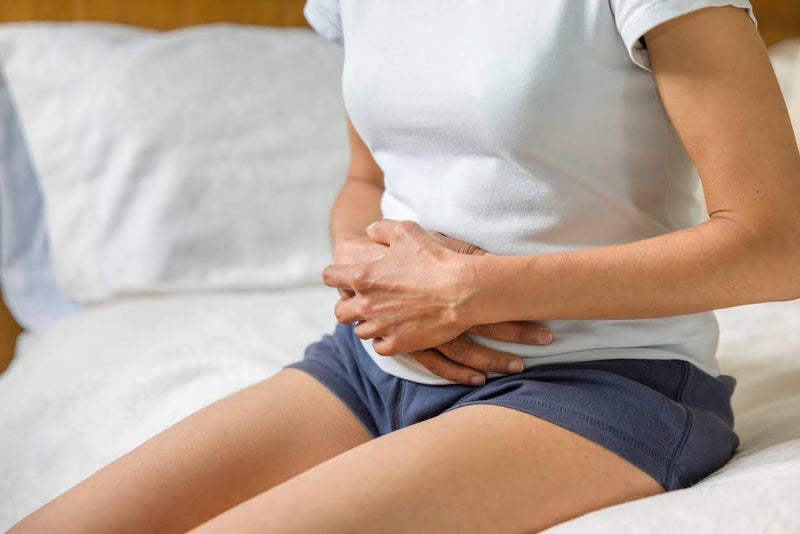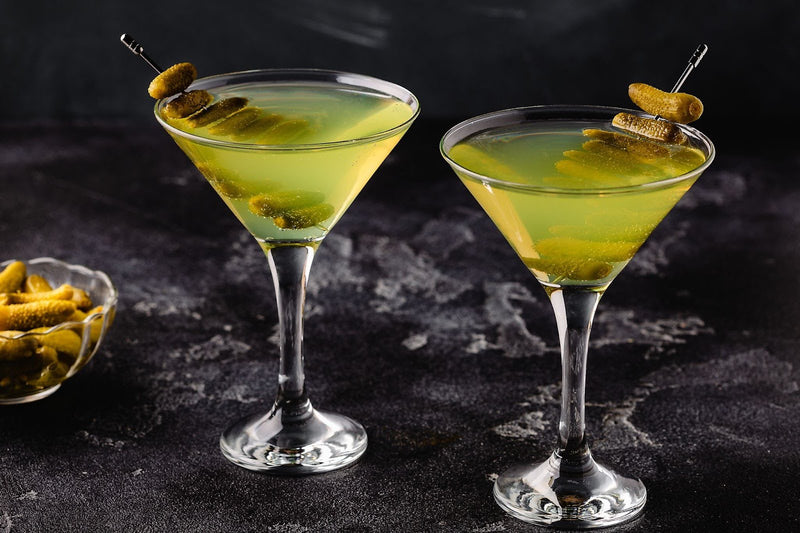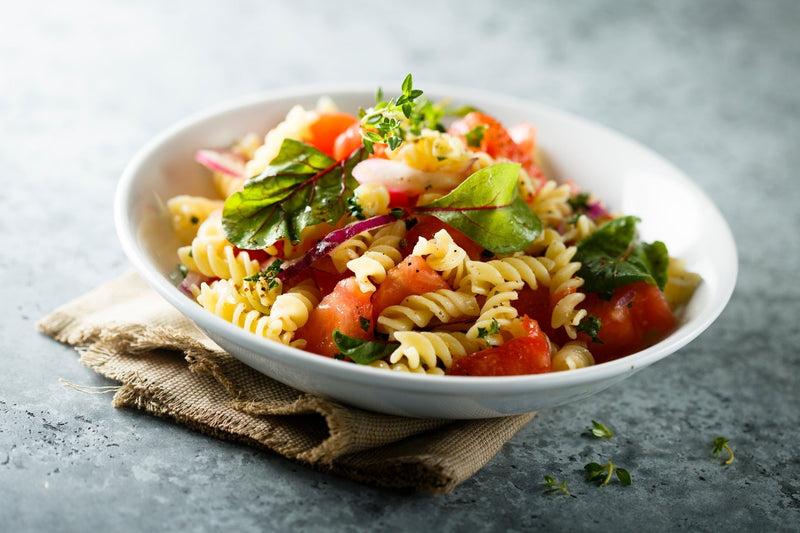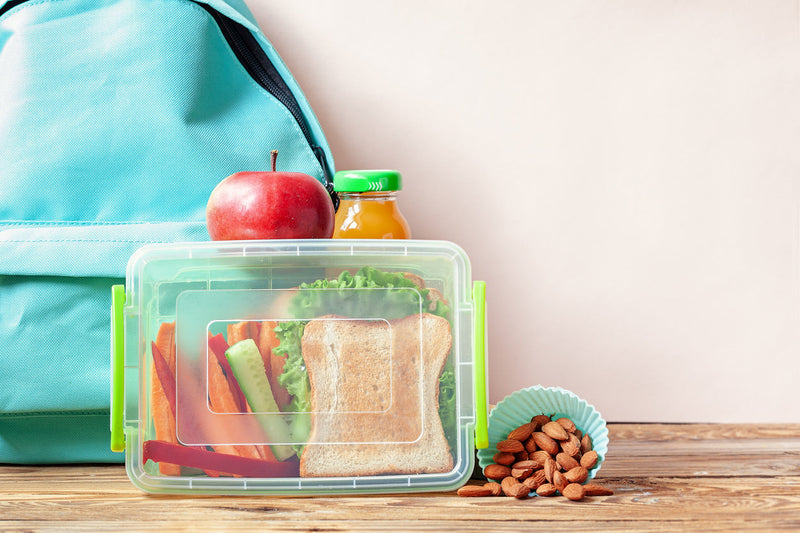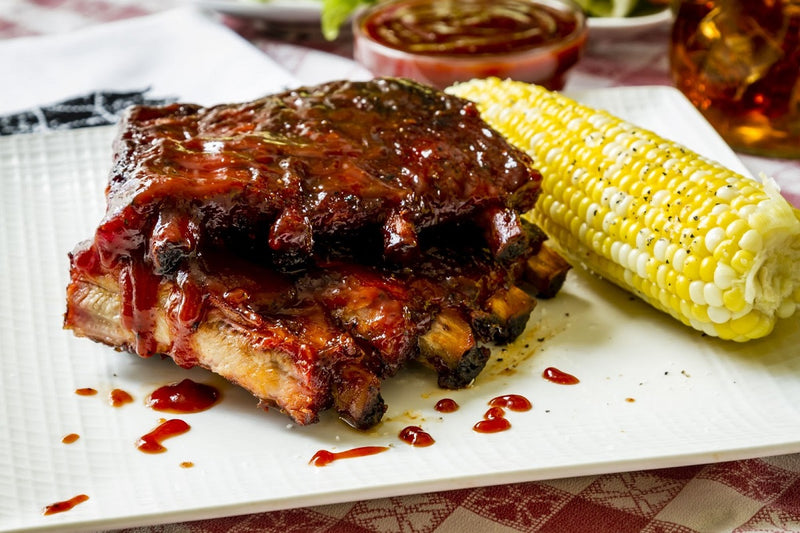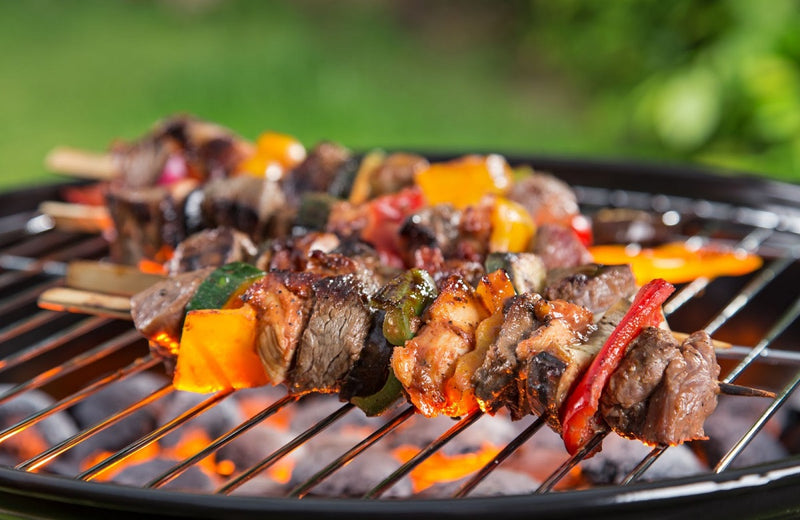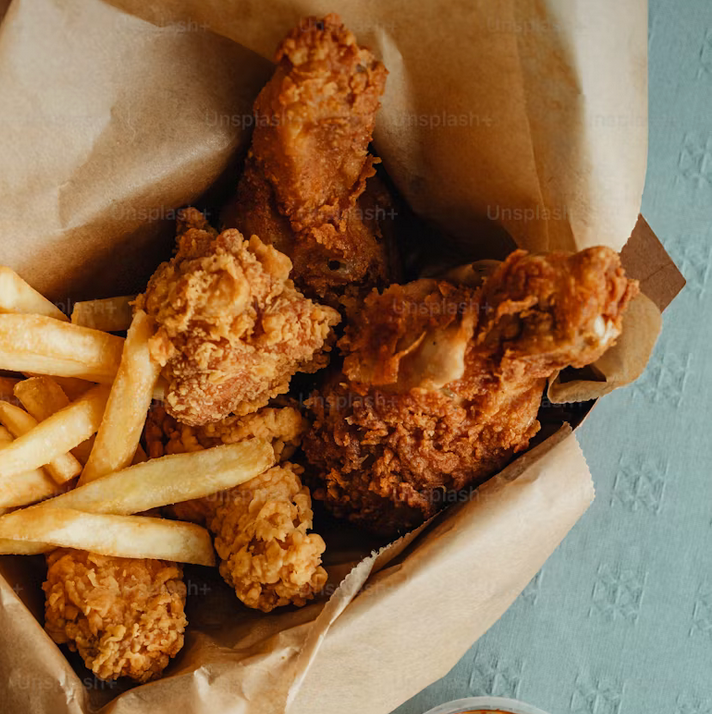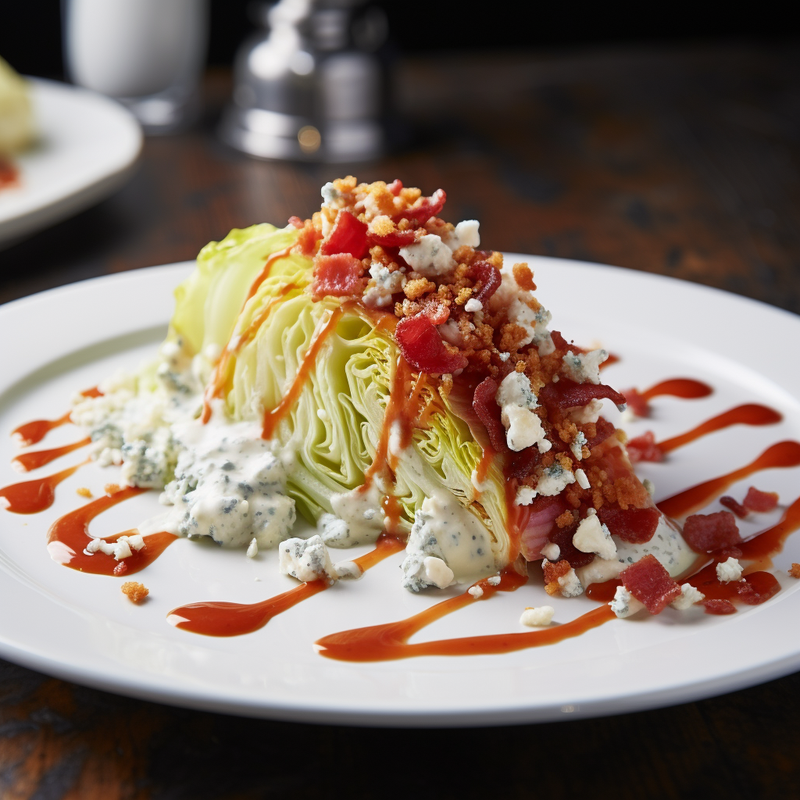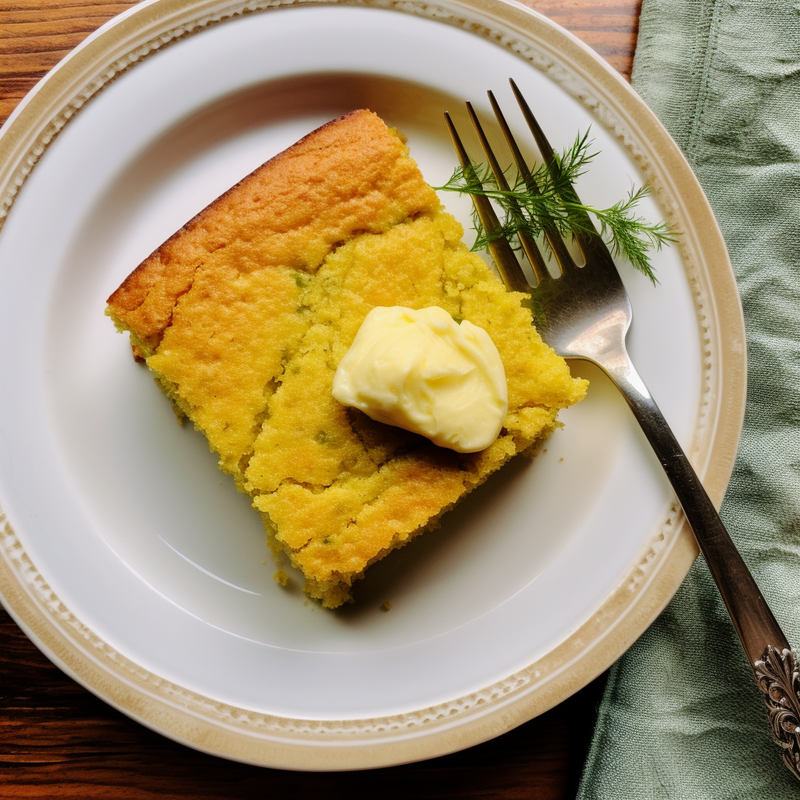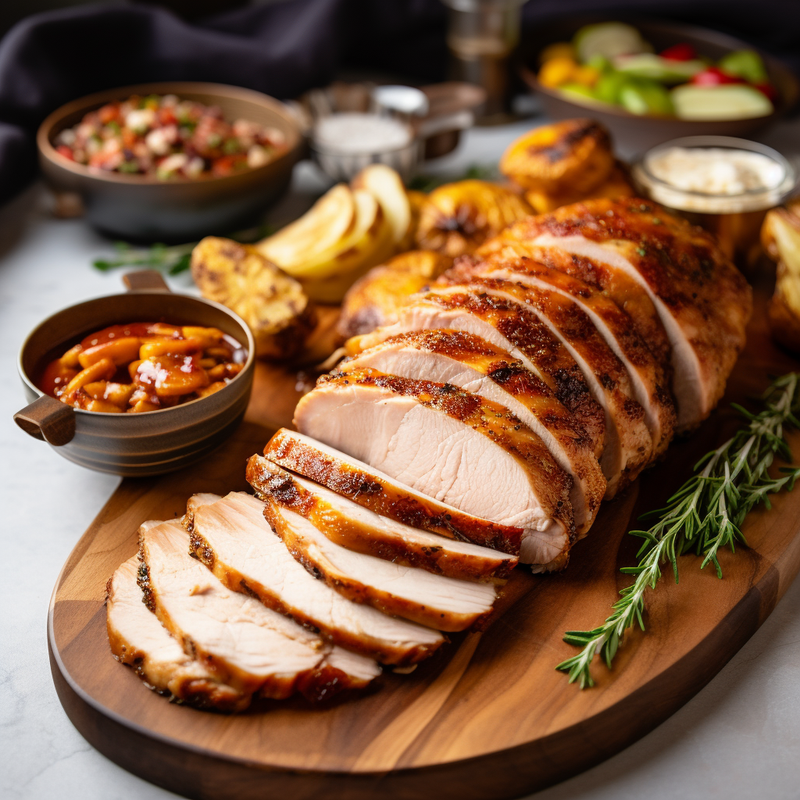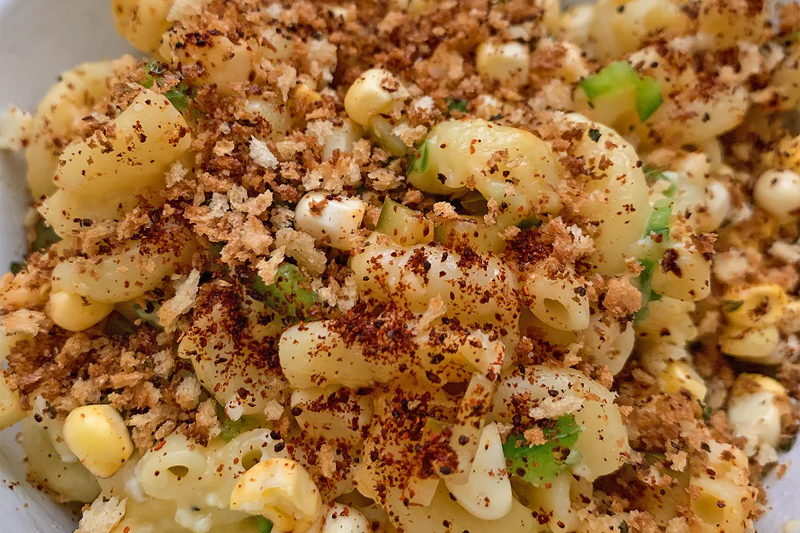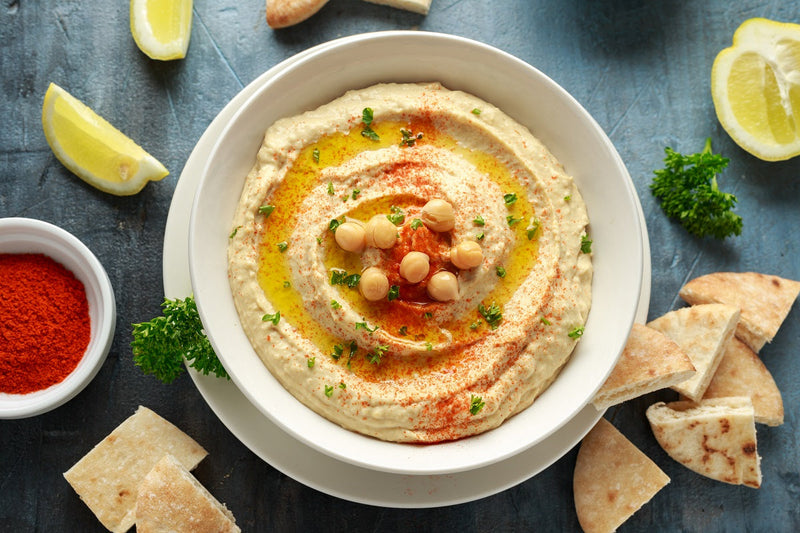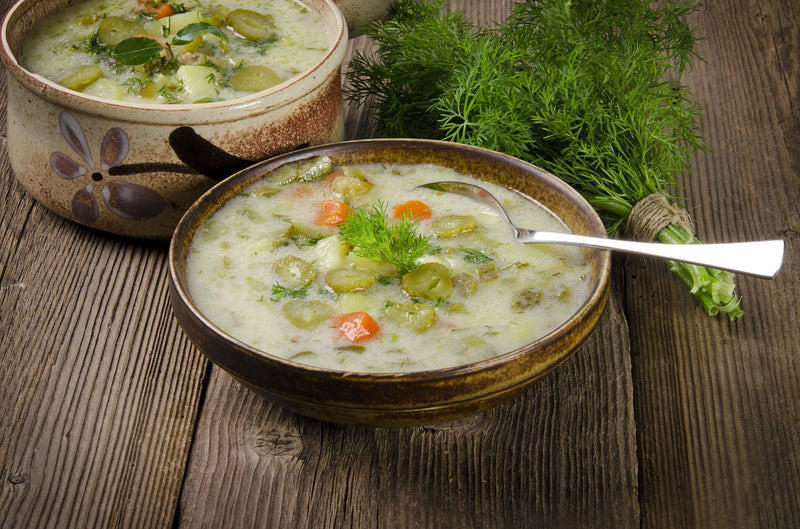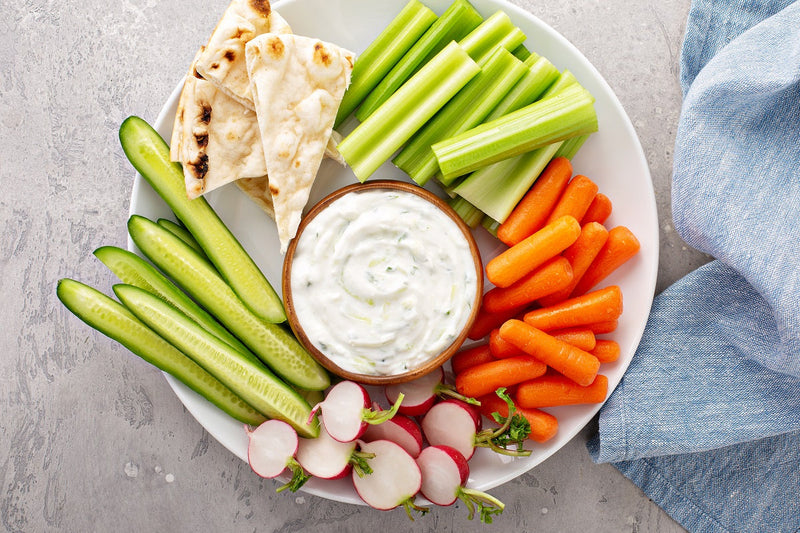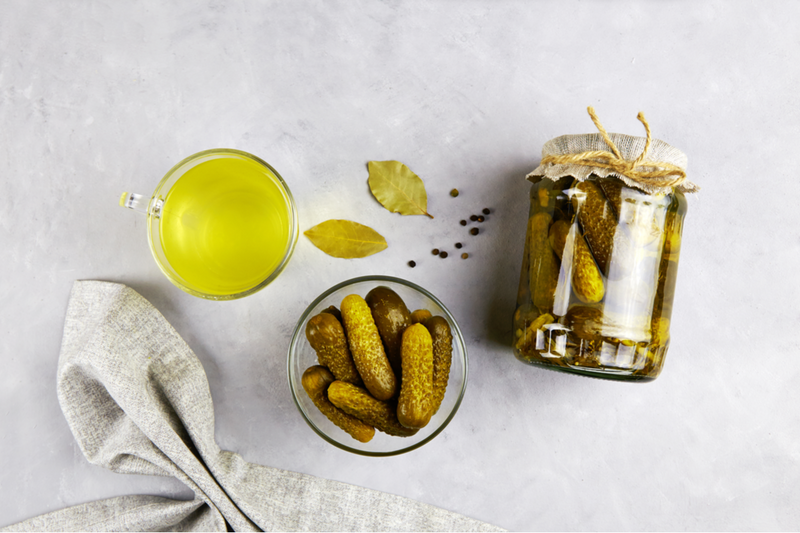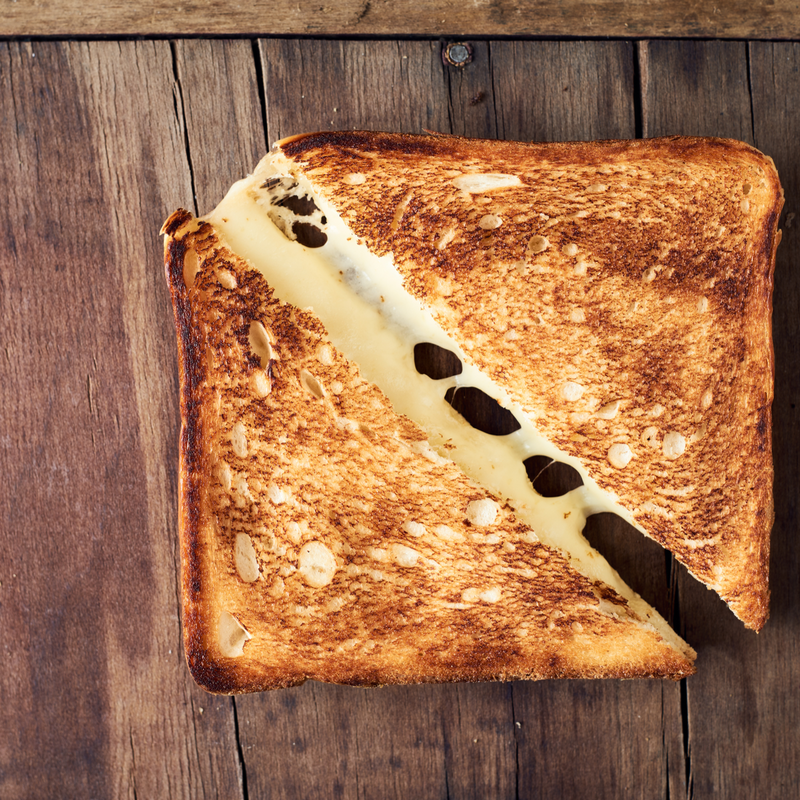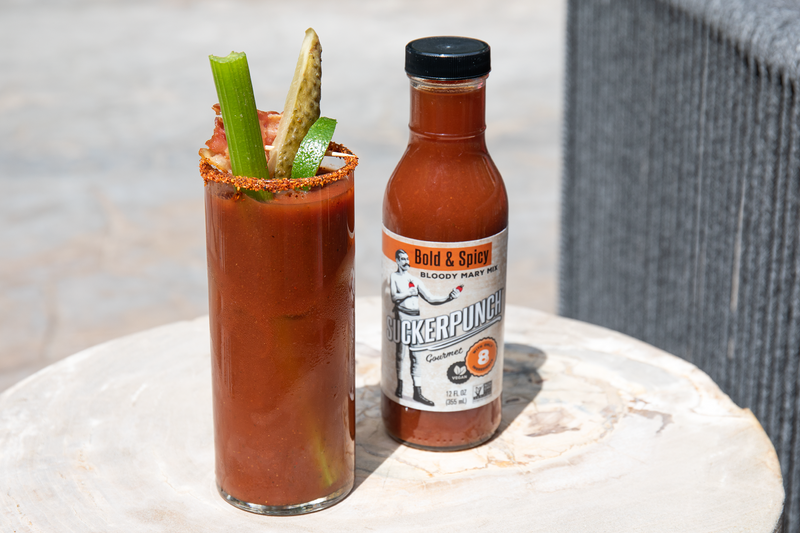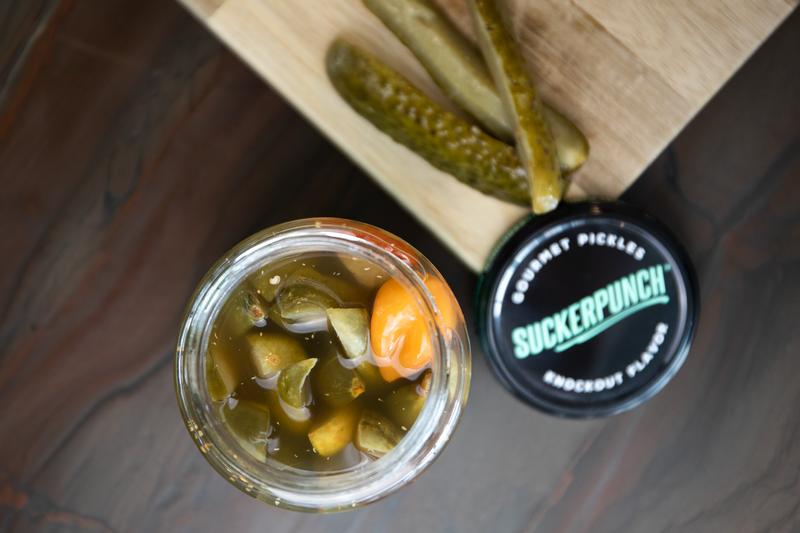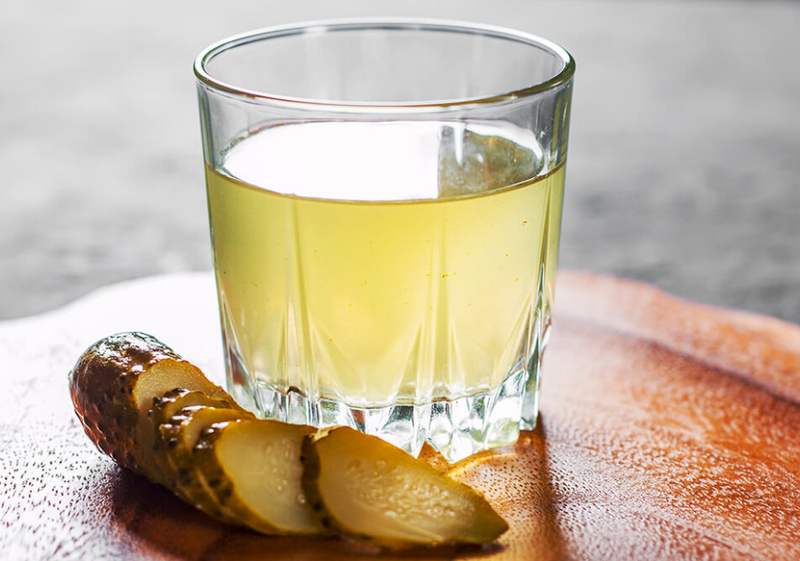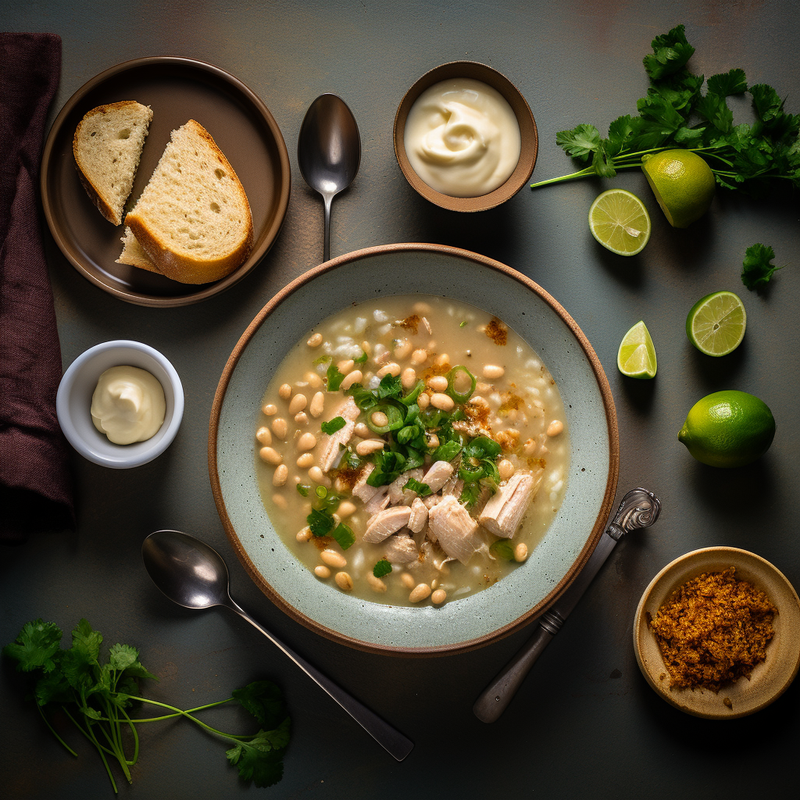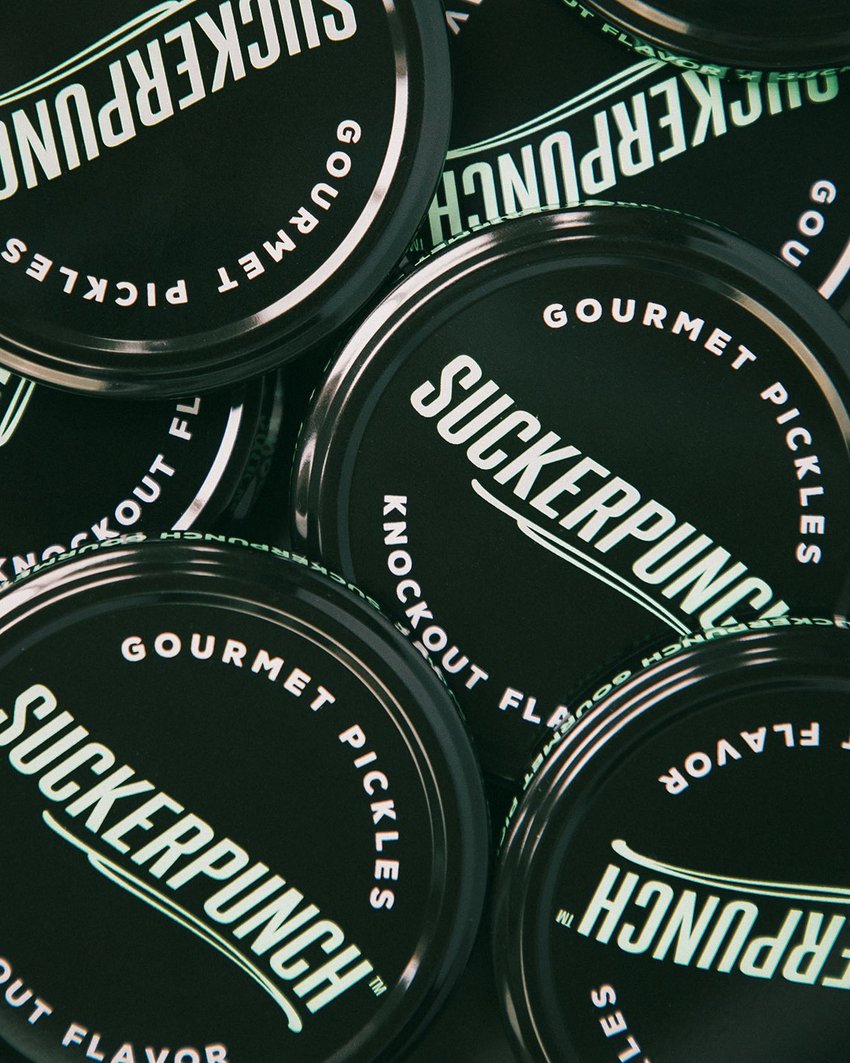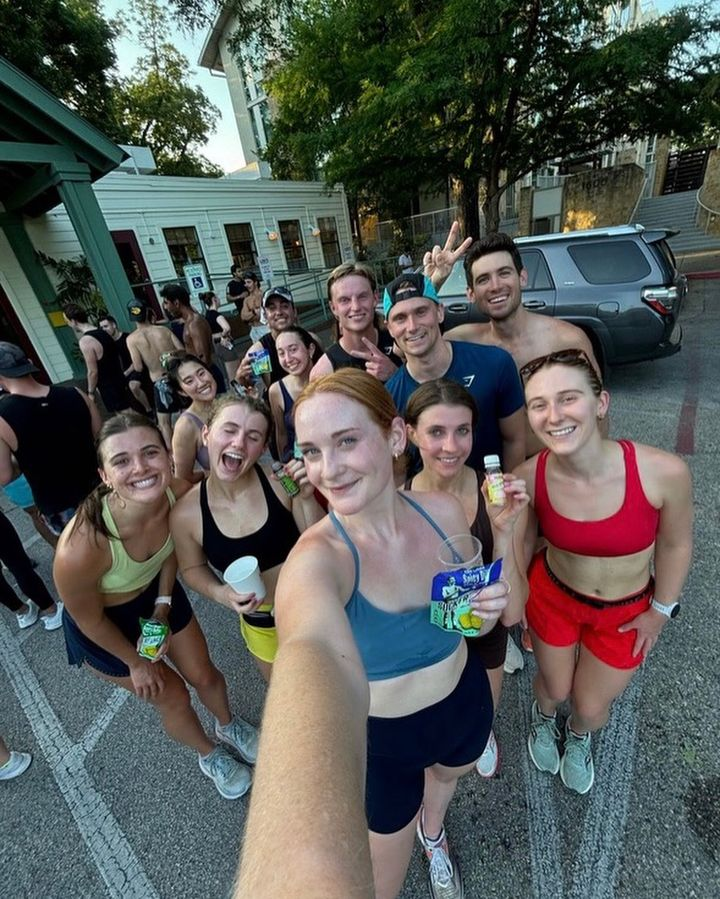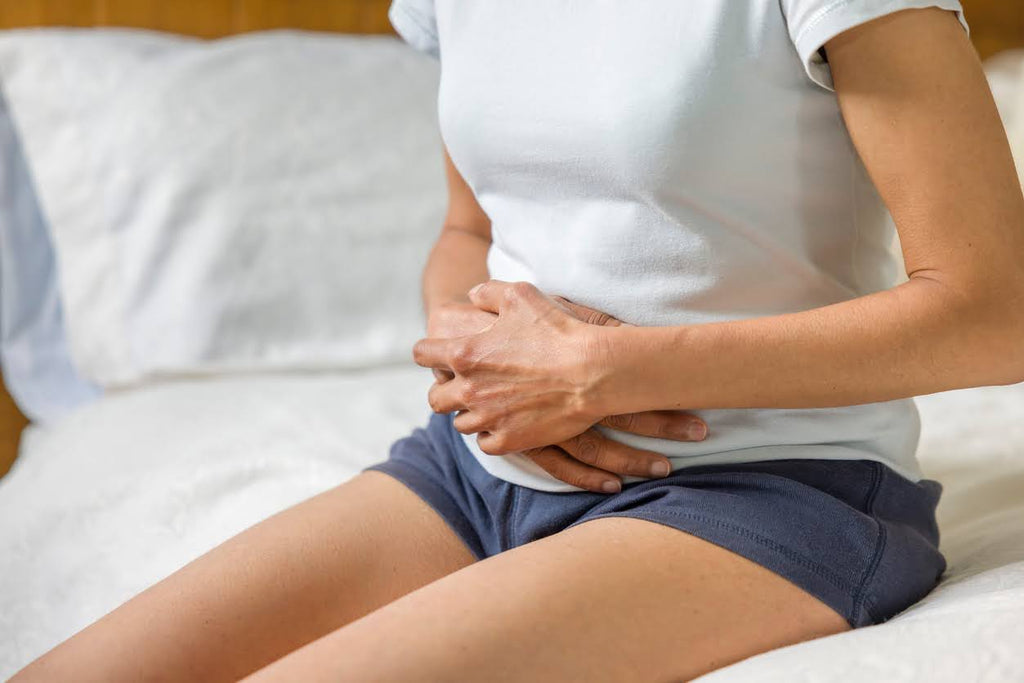
The Science Behind How Pickle Juice Can Help with Period Cramps
During those dreaded days of menstrual pain, relief might be hiding in an unexpected place, your refrigerator's pickle jar. The briny, tangy liquid that we often discard has emerged as a surprising ally in the battle against period cramps, thanks to its powerful combination of electrolytes and natural anti-inflammatory compounds. The sodium, potassium, and vinegar found in pickle juice helps regulate muscle contractions while providing quick relief from menstrual discomfort and muscular cramps.
If you've scrolled through TikTok or Instagram lately, you've probably seen people chugging pickle juice for everything from workout recovery to painful period cramps. While it might sound like another passing internet fad, there's actually some solid science behind why this brine could be your new monthly go-to. With over 80% of women experiencing muscle spasms during their menstrual cycle at some point in their lives, finding natural remedies is a hot topic and this one actually holds up under scrutiny despite being mostly based on anecdotal evidence.
Let's dive into the science of why pickle juice works for severe cramps, how much you should drink, and the best ways to include it in your monthly routine. We'll break down the electrolyte magic happening in that pickle brine and explore how those dill pickle juice minerals interact with your nervous system. Get ready to learn why grandma's cramp relief remedy wasn't just an old wives' tale after all.
Pickle Juice Components That Fight Cramps
Pickle juice packs a powerful punch when it comes to soothing muscular cramps, thanks to its rich blend of electrolytes, acetic acid, and antioxidants.
Electrolytes: At its core, pickle juice contains a potent mix of electrolytes that your body craves during menstruation. A single cup of pickle juice delivers around 400–500 mg of sodium, along with smaller but meaningful amounts of potassium and magnesium. Be aware of its high sodium content if you have high blood pressure.
Here's why that matters:
Sodium and Potassium help balance electrolyte levels and prevent dehydration, which is a common cause of muscle fatigue and cramping.
Magnesium is a known muscle relaxant and has been shown in studies to reduce the severity of period cramping and even lower prostaglandin levels (the hormones responsible for pain and inflammation). Together, these minerals help calm overactive muscular reflexes in the uterus, which are the primary source of cramp duration and intensity.
Vinegar: The Absorption Booster
The acetic acid found in vinegar plays a key role by:
-
Improving mineral absorption, helping your body make better use of the electrolytes you're consuming.
-
Supporting digestion and easing bloating, a common and frustrating sidekick to painful periods.
-
Helping reduce blood sugar levels, which can stabilize mood swings often experienced during PMS.
Anti-Inflammatory Antioxidants
Pickle juice, especially the kind made from cucumbers, also contains antioxidants like vitamin C and beta-carotene. These natural compounds help reduce inflammation, which is a major contributor to menstrual discomfort.
Gut-Boosting Probiotics
If you're sipping naturally fermented pickle juice (not vinegar-based or pasteurized), you'll also benefit from probiotics. A healthy gut can support better nutrient absorption, hormone balance, and even reduce systemic inflammation all of which may make period symptoms easier to manage.
Prostaglandins and Pain
Menstrual cramps are caused by the release of prostaglandins, hormone-like chemicals that trigger uterine contractions to help shed the uterine lining. The more prostaglandins you produce, the stronger your muscle spasm tends to be.
Magnesium and other minerals in pickle juice are believed to reduce the production of prostaglandins, thereby lessening period cramping.
Blood Flow and Muscle Function
Proper electrolyte balance improves blood flow and supports efficient muscle function. During your menstrual cycle, that means less tension and fewer muscle spasms in your uterus, key for keeping severe cramps under control.
How to Use Pickle Juice for Period Relief
Let's break down how to get the most out of your briny bottle.
When to Start and How Often
Start drinking pickle juice at the first sign of cramps or PMS symptoms. This is usually 1–2 days before your period begins. Taking it early can help reduce the severity of symptoms before they peak.
Recommended usage:
-
2–3 ounces (about ¼ cup) every 4–6 hours during your most uncomfortable days with painful period cramps
-
Max daily intake: 8–10 ounces total to avoid electrolyte imbalance due to the high sodium content
Perfect Portions and Creative Methods
Not into taking it straight? No problem.
Here are some easy ways to include a small amount in your routine:
-
Spritz it: Mix 2 ounces with sparkling water and a squeeze of lemon for a fizzy, tangy tonic that's not quite an alcoholic beverage but just as refreshing
-
Smoothie boost: Add 1 ounce into a fruit or veggie smoothie—it pairs surprisingly well with tropical fruits like pineapple or mango
-
Post-workout drink: Combine with coconut water for a next-level rehydration blend to combat muscle fatigue
Tips for Best Results
-
Drink room temperature pickle juice, it goes down smoother!
-
Opt for fermented varieties that contain live cultures for additional health benefits
-
Combine with other comfort measures like a heating pad, light yoga, or magnesium supplements for a more holistic approach to period pain
Keep These Tips In Mind:
Pickle juice is powerful, but it's not perfect. Remember these tips for the best experience:
-
Don't chug large amounts at once – it can spike your blood sugar and upset your stomach.
-
Avoid right before bed – the sodium may make you thirsty or lead to extra bathroom trips.
-
Skip spicy or heavily seasoned varieties – your digestive system is already sensitive during menstruation, and extra heat could make things worse.
-
Check your health conditions – if you have high blood pressure or kidney issues, talk to your doctor before adding high-sodium content drinks to your diet.
The Bottom Line: Is Pickle Juice Worth It?
When period cramps hit hard, pickle juice offers a natural solution that actually holds up under scientific scrutiny. Its combination of electrolytes, vinegar content, minerals, and anti-inflammatory compounds helps reduce muscular cramps, fight bloating, and even improve hydration.
Key Takeaways:
-
Start drinking 2–3 ounces of dill pickle juice at the first sign of cramps
-
Repeat every 4–6 hours, up to 8–10 ounces a day
-
Choose fermented or less-processed versions for extra health benefits
-
Combine with other comfort strategies for best results
-
Always check with your doctor if you have medical concerns
Ready to Try It? Pick a Pickle Juice That's Built Different
Looking for a delicious way to tackle period pain? Try SuckerPunch pickle juice, it's perfectly portioned, naturally flavorful, and made with ingredients your body can actually use. Plus, it tastes way better than the average jar of pickle runoff (trust us on this one).
Whether you're dealing with monster cramps, post-workout soreness, or just love a tangy kick, SuckerPunch makes brine you'll actually want to sip.
Grab a bottle today and see what a difference the right pickle juice can make.
